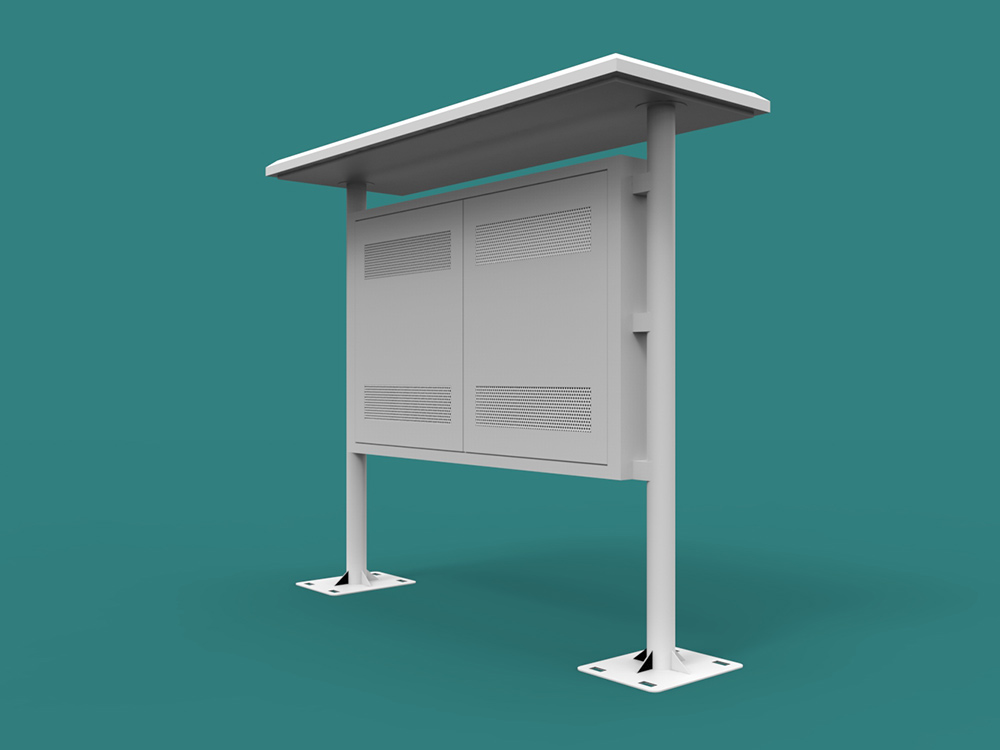The Difference between Digital Signage Kiosks and Interactive Kiosks
The Difference between Digital Signage Kiosks and Interactive Kiosks.In the modern digital landscape, kiosks have become ubiquitous, serving a variety of purposes in public spaces, retail environments, and corporate settings. Two common types of kiosks encountered today are digital signage kiosks and interactive kiosks. While both play a crucial role in information dissemination and customer engagement, they differ significantly in their functionality and use cases. This article explores the distinctions between digital signage kiosks and interactive kiosks, highlighting their respective strengths and applications.

Digital Signage Kiosks
Digital signage kiosks are primarily designed for displaying information, advertisements, or announcements. They are often used in public places like shopping malls, airports, and train stations, where they effectively grab the attention of passersby. These kiosks typically feature large screens that display high-quality content, including videos, images, and text.
The main advantage of digital signage kiosks lies in their ability to reach a wide audience quickly and efficiently. By leveraging dynamic content, they can engage viewers more effectively than traditional static signage. For instance, a digital signage kiosk in a shopping mall might display promotional videos for upcoming events or sales, enticing customers to explore more of the mall's offerings.
From a technical perspective, digital signage kiosks are relatively simple to set up and maintain. Content can be easily updated remotely, ensuring that the information displayed remains fresh and relevant. Additionally, these kiosks are often equipped with sensors that can detect ambient light and adjust screen brightness accordingly, ensuring optimal visibility in various lighting conditions.
Interactive Kiosks
Interactive kiosks, on the other hand, are designed to go beyond mere information display. These kiosks incorporate touch screens and other interactive features, allowing users to actively engage with the content. They are commonly found in museums, libraries, and retail stores, where they provide visitors with a more immersive experience.
The key benefit of interactive kiosks is their ability to enhance customer experience and satisfaction. By offering a personalized touch point, they enable users to access specific information or services quickly and easily. For example, in a retail setting, an interactive kiosk might allow customers to search for products, check inventory, or even make purchases.
Technically, interactive kiosks are more complex than digital signage kiosks. They require robust hardware and software to support the interactive features, as well as regular maintenance to ensure optimal performance. However, this added complexity also brings with it increased functionality and versatility.
Comparing the Two
When comparing digital signage kiosks and interactive kiosks, it is important to consider their respective use cases and objectives. Digital signage kiosks excel in passively delivering information to a broad audience, while interactive kiosks shine in providing a personalized, hands-on experience for individual users.
In terms of cost and maintenance, digital signage kiosks tend to be more cost-effective due to their simpler design. Interactive kiosks, on the other hand, may require a higher initial investment and ongoing maintenance due to their more complex hardware and software requirements.
From a usability perspective, digital signage kiosks are typically more straightforward, as they primarily focus on displaying content. Interactive kiosks, however, offer a more engaging user experience but may require some level of user proficiency to navigate the interface effectively.
Digital signage kiosks and interactive kiosks serve distinct purposes in the modern digital ecosystem. While digital signage kiosks are ideal for passively delivering information to a wide audience, interactive kiosks provide a more hands-on, personalized experience for users. Understanding the differences between these two types of kiosks is crucial for businesses and organizations seeking to maximize their effectiveness in communicating with and engaging their target audiences. Whether it's to grab the attention of passersby or to provide a self-service option for customers, kiosks offer a versatile and efficient solution.
Application scenarios of digital signage








